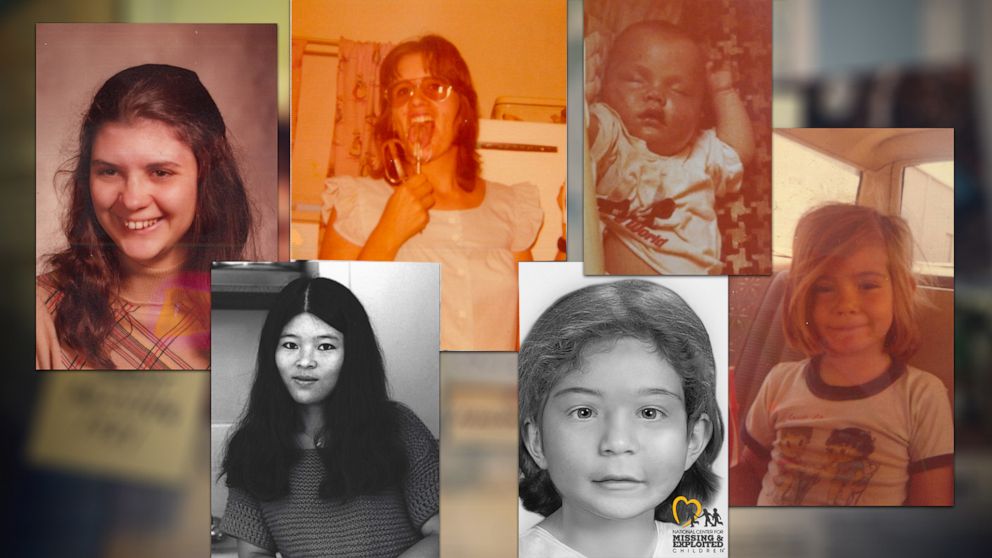Serial killer Terry Rasmussen's victims, known and unknown
A dedicated detective refused to stop digging after she solved the brutal murder of a chemist in California. Then, by reopening an earlier case, she helped a genetic genealogist to discover the identity of a girl the killer claimed was his daughter, and then, the killer’s true identity.
Their hard work, along with that of a dogged researcher, ultimately unraveled a long trail of missing and murdered women and children all leading back, police say, to a serial killer.
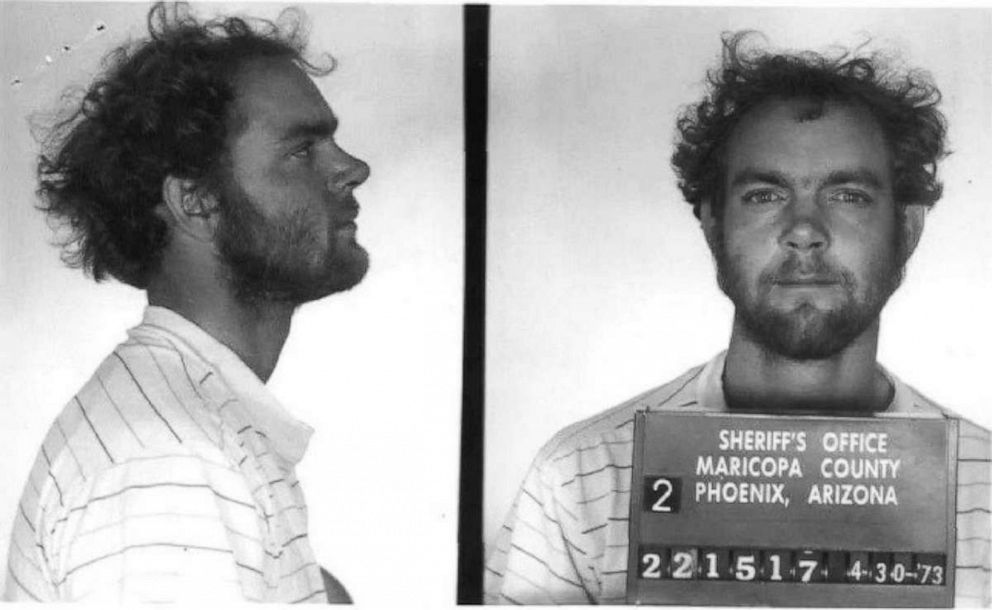
Known by a lengthy list of aliases, Terry Peder Rasmussen has been dubbed “The Chameleon Killer” for assuming so many different identities as he infiltrated families and destroyed lives in New Hampshire and California.
“So our suspect started in 1984 as ‘Curtis Kimball.’ Then we had ‘Gordon Jenson.’ Then he was using ‘Larry Vanner.’ And now, it turns out, in the early 1980s back in New Hampshire, he was using ‘Bob Evans,’” San Bernardino County, California, Sheriff’s Deputy Peter Headley explained. “All the same guy.”
Watch the full story on "20/20" FRIDAY at 9 p.m. ET on ABC
Rasmussen has been linked to five horrific murders and authorities fear there are more.
These are the stories of the women and children he is suspected of killing, one he confessed to murdering and those whose lives he changed forever:
Victims tied to Rasmussen
Marlyse Elizabeth Honeychurch
Honeychurch, who was born in Connecticut in 1954, was married twice and had a daughter with each husband. Marie E. Vaughn was first, born in 1971, then Sarah L. McWaters was born in 1977, according to the New Hampshire Department of Justice.
Honeychurch’s sisters, Roxanne Barrows and Michelle Chagaris, remember her as “bubbly” and “quirky,” and said she had “a good sense of humor.”
“Marlyse was excited to be a mom. She loved her kids dearly,” Chagaris said.

Honeychurch was last seen at her mother’s house in La Puente, California, around Thanksgiving in 1978. It was there that she introduced her family to her boyfriend, Terry Rasmussen, according to the New Hampshire Department of Justice.
“I don't remember exactly what happened,” Paula Hodges, Honeychurch’s other sister, told “20/20.” “I just heard that they had an argument, Marlyse and my mom.”
“My mom might've said something to her as, ‘He's too old for you. Why are you with him?’” Hodges said. “She went with Terry. And they left… never called. Never contacted nobody. Just disappeared.”
Honeychurch was 24 at the time, according to the National Center for Missing and Exploited Children. Police believe she died one to two years later, making her 26 to 27 when she died.
David Salamon, Honeychurch’s brother, remembered the lengths to which their family went to find Honeychurch and her daughters.
“It was just a situation where, every time we searched, [we] came to a dead end. Came to a dead end. Came to a dead end,” Salamon said.
“Through the years my mother always said, ‘You know, something's not right. Where is she?’” Hodges remembered.
“It was sad,” Salamon said. “We had a sister that was gone. A sister and two nieces.”
Marie E. Vaughn
The remains of Marie and her mother, Honeychurch, were found in the first of two barrels that were discovered at Bear Brook State Park in November 1985. They weren’t identified until 2019; at that time, authorities believed Marie was 8 to 10 years old at the time of her death.

“It was very surreal that a mother and daughter were actually inside the barrel itself, disposed of like common trash,” John Cody, a former New Hampshire State Police detective, told “20/20.”
Jesse Morgan, who grew up in a small trailer park surrounded by Bear Brook, was 11 when he and his friends stumbled upon the barrel.
“We were playing a game of hide and seek,” Morgan told “20/20.” “I was approached by one of the kids in the group that he had come upon a barrel out in the middle of the woods, which was off the trail. It was just odd that the barrel was out there… It was [a] slightly rusted, dark blue barrel. It's a blue 55-gallon steel drum. It's just kind of sitting out in the woods.”
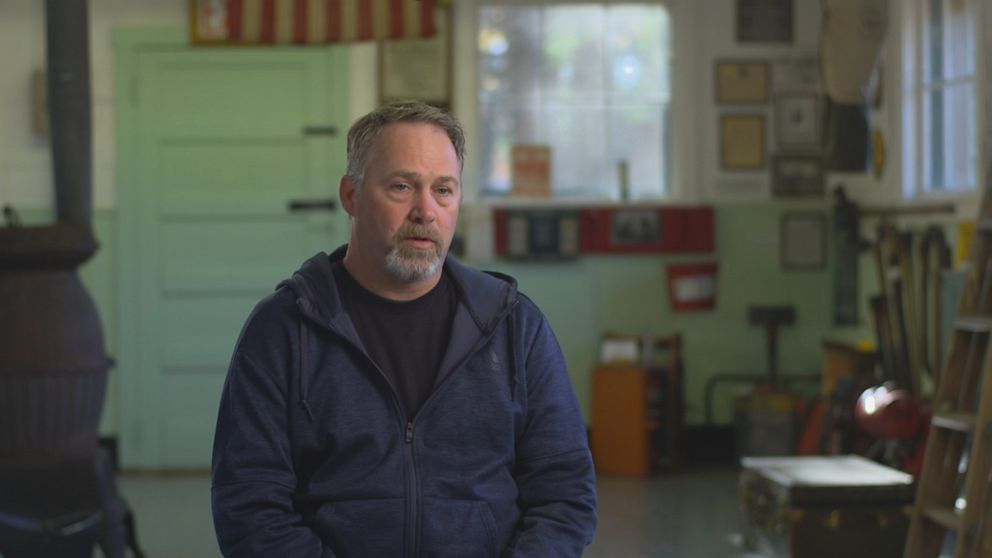
“The brother that found the barrel went over to it and tried to lift the top of the barrel and when he did that, we were hit with a smell that was absolutely putrid. One of the brothers just pushed the barrel over. And we watched the barrel fall on its side,” Morgan said. “The guys jumped on my four-wheeler and we booted out of there and that was the last time that we saw the barrel.”
At the time, Morgan and his friends didn’t know there were remains inside the barrel.
Four months later, Ron Montplaisir, who was an Allenstown, New Hampshire police officer at the time, got a call from dispatch to meet a hunter at the edge of the woods.
“He was very, very white, very pale,” Montplaisir told “20/20.” “He said to me, ‘There's a barrel up in the woods, and I think there's some bones in there.’”
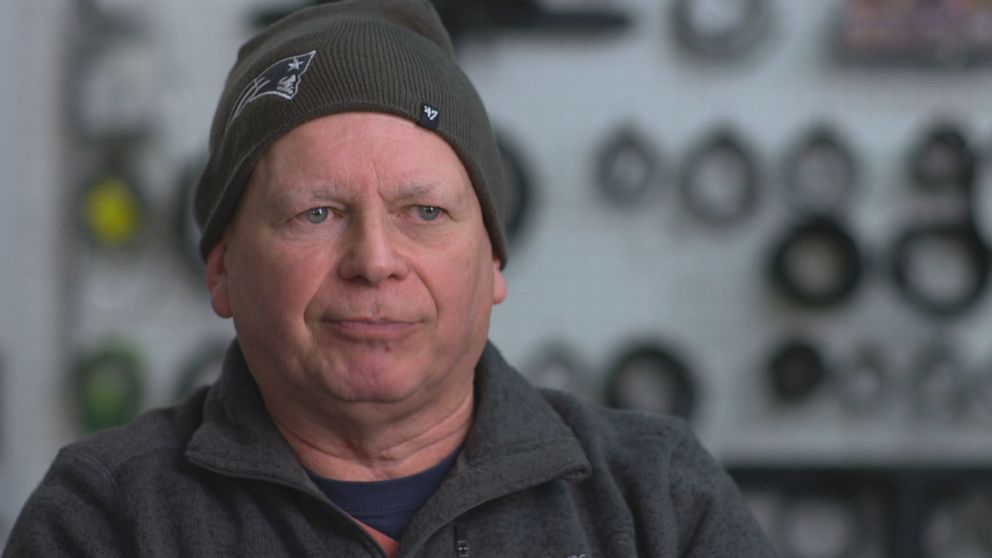
Police later determined the female adult and child, unidentified at the time, had died of blunt force trauma to their heads.
They were buried together at a local Allenstown cemetery with a donated gravestone that read: “Here lies the mortal remains known only to God of a woman aged 23-33 and a girl child aged 8-10. Their slain bodies were found on November 10th, 1985, in Bear Brook State Park. May their souls find peace in God’s loving care.”
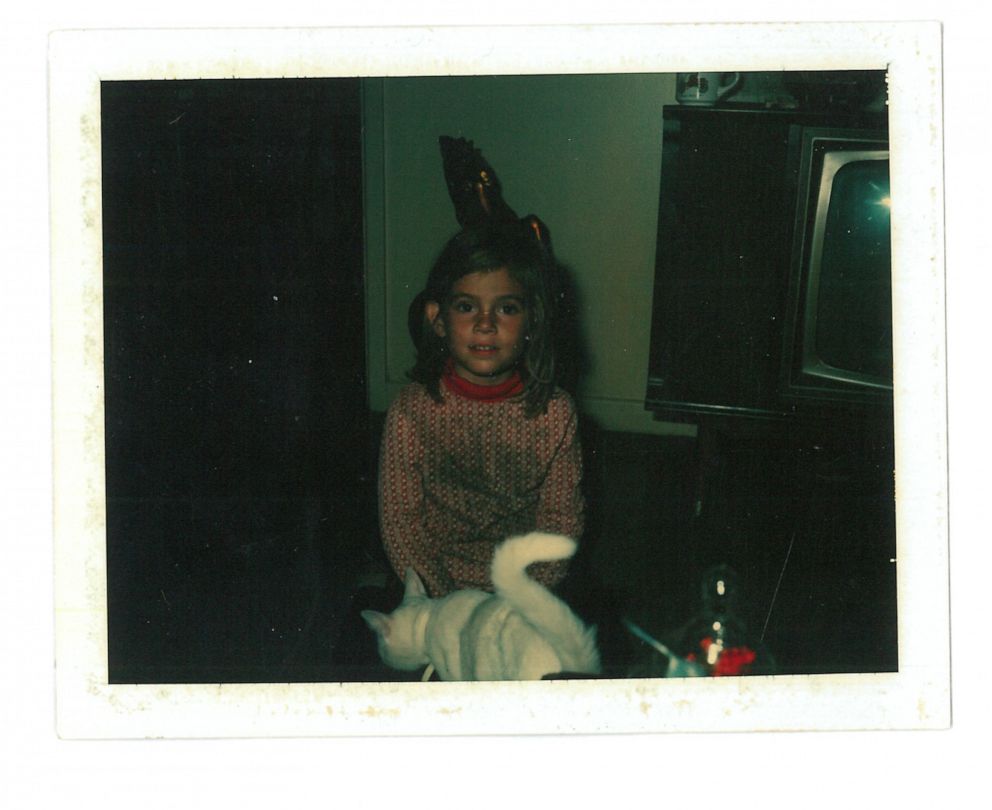
On June 8, 2000, the remains of Marie and Honeychurch, which were still unidentified at the time, were exhumed from the grave by authorities for DNA testing.
Sarah L. McWaters
In 2000, 15 years after the first barrel was discovered, Sarah’s body was found inside a separate barrel at Bear Brook State Park along with the body of an unknown child.
Sarah is believed to have been 2 to 3 years old at the time she was killed, according to authorities.
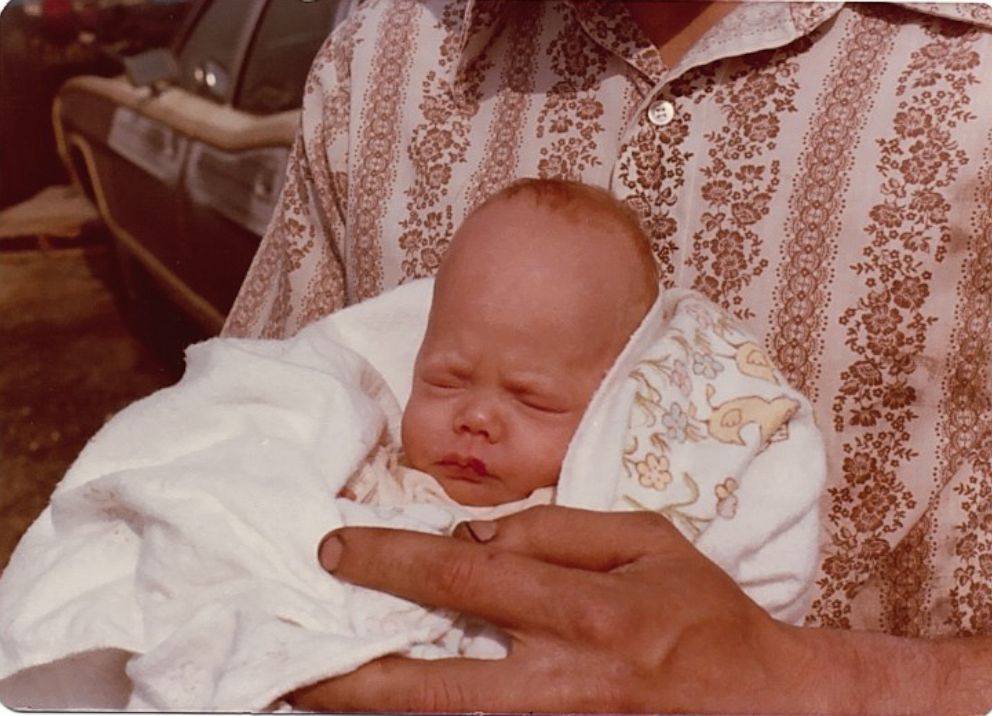
Sarah, her half-sister Marie and their mother, Honeychurch, were unknown persons until authorities announced their identities at a press conference on June 6, 2019.
Rebekah Heath, a research librarian who said she’d become “obsessed” with the case, helped identify the woman and the two children through her own sleuthing. On an online message board, she connected with a woman who was looking for her missing family members: a woman and her two daughters whose ages and locations matched that of Honeychurch, Sarah and Marie.
The woman also told Heath that her missing family member had once married a man with the last name Rasmussen.

As Heath was calling in the tip to authorities, investigative genetic genealogist Barbara Rae-Venter was also uncovering the three victims’ identities through a new technique that involves extracting DNA from the shaft of a strand of hair.
In November 2019, Honeychurch and her older daughter Marie Vaughn, were laid to rest together with a new headstone bearing their names in Allenstown, New Hampshire. Honeychurch’s youngest daughter, Sarah, was laid to rest in Connecticut, near her father’s family.
“We're here today to bury my sister and my nieces,” Salamon said at Honeychurch and Marie’s funeral. “We as a family would like to thank the community, for caring and loving our sister Marlyse and our nieces, Marie [and] Sarah.”
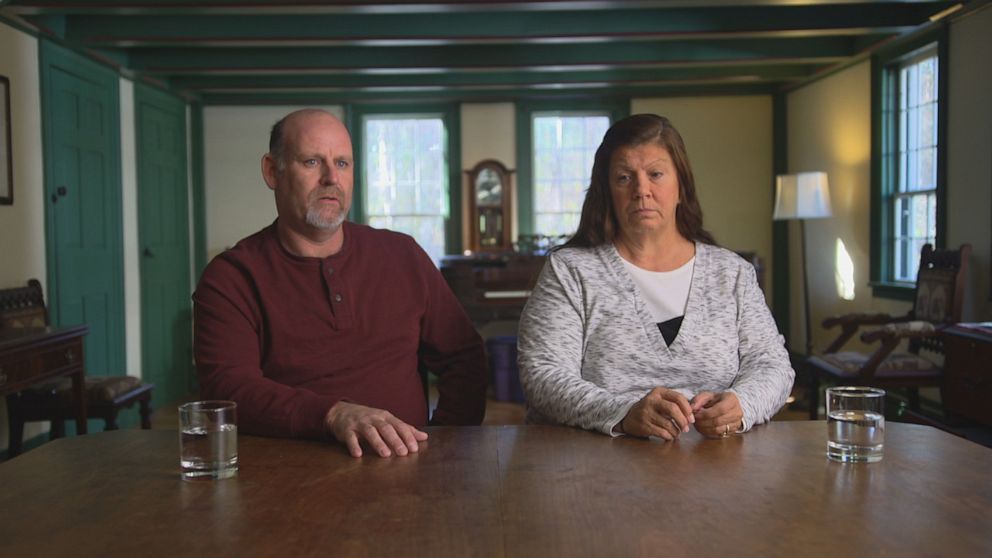
“We have looked and searched for over 30 years for them, with no luck. We have never stopped looking,” he said. “Although this moment is bittersweet, they had their names back on this day. They can rest in peace. Thank you all from the bottom of our hearts.”
Unknown child
The remains of a young girl, aged 2 to 4, was found in the second barrel with Sarah’s remains in 2000. To this day, she has yet to be identified.
New Hampshire authorities have referred to her as the “middle child” because of how her suspected age compares to the other two children found in the barrels, but DNA tests confirmed she is not related to Sarah and Marie, nor their mother.
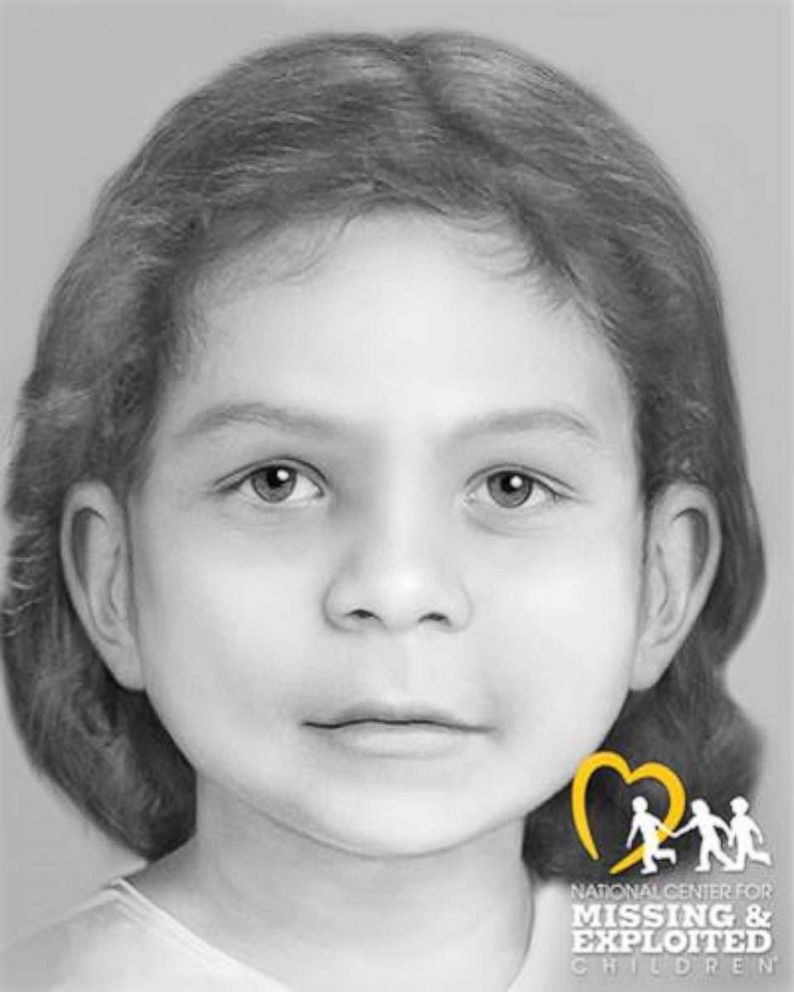
In 2016, this child was determined to be Rasmussen’s biological daughter.
“You know, people ask me why I do these interviews. [It’s because] there's still one victim out there,” former Detective Cody said. “There is one girl who we don't know who she is. That's why I do these … to get her identified and so that there's closure for the families involved here. That's the only reason.”
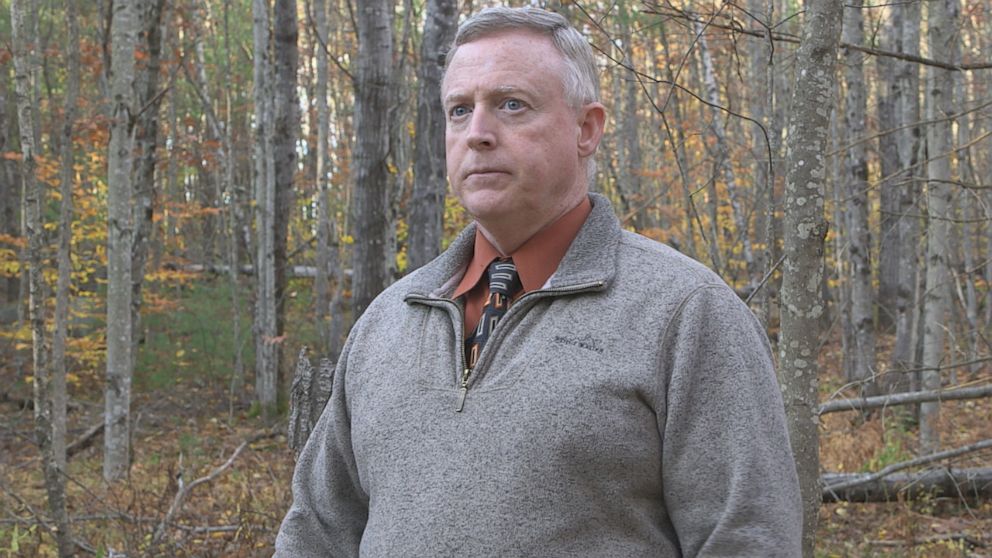
Rae-Venter said that in viewing the timeline for Rasmussen, it appears most likely that his daughter was born in Texas, possibly on the Gulf Coast if Rasmussen was working on an oil rig at the time. Ongoing genealogy efforts have revealed that Jane Doe's mother's relatives may have come from Pearl River County, Mississippi.
Salamon said he and his family call the girl “Angel.”
“The focus from this day forward should be to find the family of that little girl,” he said.
Eunsoon Jun
Eunsoon Jun, a chemist from California, was the first victim authorities were able to tie to Rasmussen.
Jun was in her mid-40s when she introduced her family to her new boyfriend, “Larry Vanner,” whom authorities later identified as Rasmussen, according to the New Hampshire Department of Justice.

“He didn't even look healthy. His face was gray. He smoked constantly,” Jun’s friend, Renee Rose, told “20/20.” “Larry would just grab and gobble up everything on the table and belch and eat more, and then he'd go sit on the couch.”
Jun disappeared from Richmond, California, in June 2002, approximately two years after Vanner met her family and friends. Vanner fended off her loved ones’ questions with an array of excuses.
“He would say, ‘Well she's busy taking care of her mother’ or ‘She was going to get some therapeutic help,’” Rose said Vanner told her. “He would say she decided she didn't like me anymore and didn't want me in her life. Who could believe him for one second?”
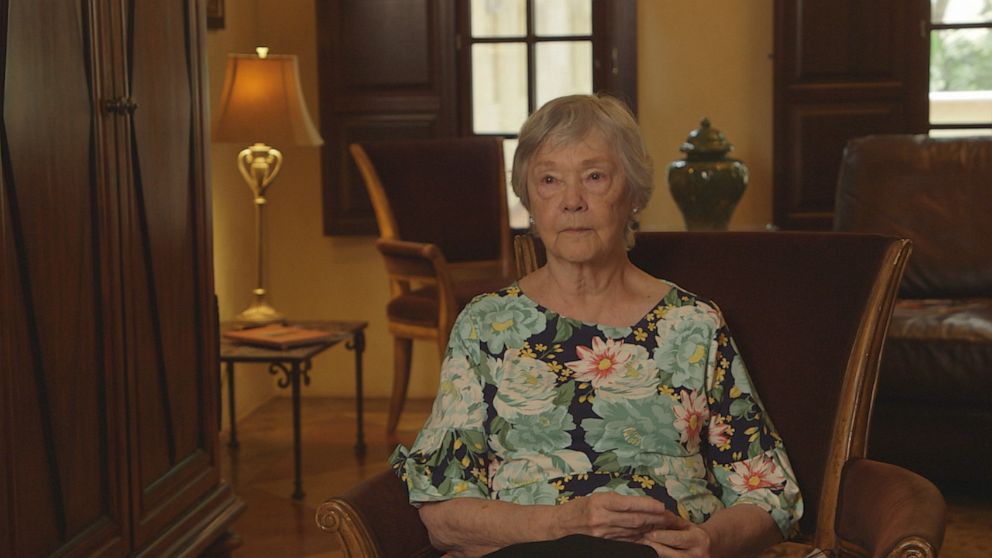
Rose said she told him: “‘I want Eunsoon, not you, I want Eunsoon to tell me that she's done with our relationship or I'm going to get the sheriff involved.’”
Rose ultimately went to the Contra Costa County Sheriff, where Roxane Gruenheid was a homicide detective.
“He was polite and soft spoken and very smart, and with his twinkly blue eyes he could get somebody to maybe trust him,” Gruenheid told “20/20.” “All we were really trying to do was to determine where Eunsoon was and if she was okay. And he wasn’t being cooperative with that at all.”
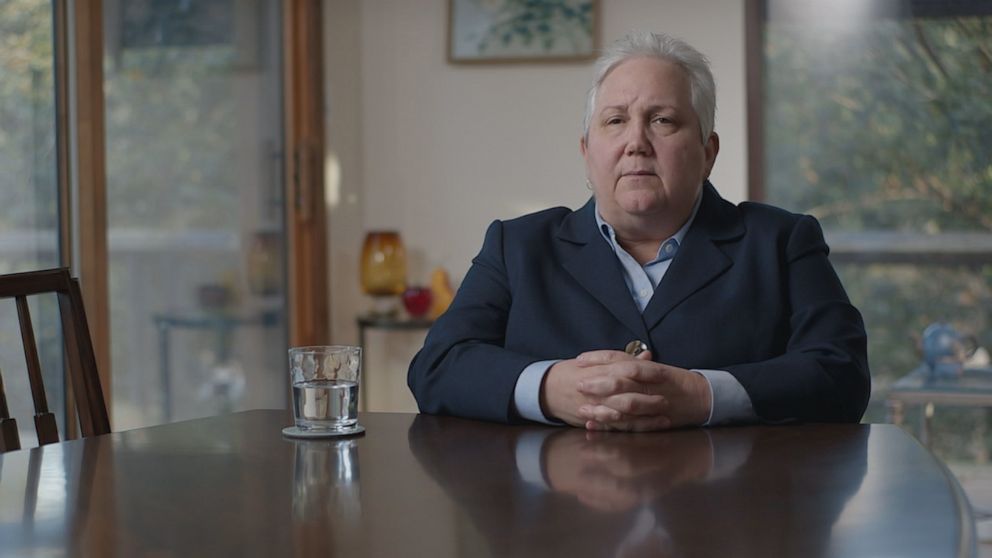
“When somebody's story keeps changing, it means that they [have] either made something up, can't remember what they told you the first time or that they're lying to you,” she added.
While searching Vanner’s California home, Gruenheid and a fellow detective located an enormous pile of cat litter in a crawl space.
“Big, like 4 or 5 feet around and probably 2 or 3 feet high,” she said. “I stood there for just a few seconds… There was no odor. I remember seeing an ax leaned up there.”
Buried in the cat litter, police found a human foot completely mummified wearing a flip flop. Ultimately, the body was identified as Jun, who police determined had died of blunt force trauma to the head.

“When I got up in the morning, I pulled my shades back, there was clouds and a beautiful blue sky, and there was seagulls circling in the sky, they were beautiful. and I went, ‘This can't be,’” Rose said of learning her friend was gone. “I closed the blinds back up. How could it be bright and sunny when Eunsoon's dead?”
Gruenheid said she later determined a man matching Vanner’s description had bought 10 bags of cat litter from a nearby pet store. In November 2002, he was arrested for Jun’s murder and in 2003, he was sentenced to prison for 15 years to life after he pled guilty to the crime.
Vanner died in prison in December 2010 of natural causes. His true identity, Terry Rasmussen, was not revealed by authorities until 2017.
“I guess dying serves him right,” Rose said. “I wished he'd lived longer, so he would have suffered longer in prison, myself.”
More possible victims
Denise Beaudin
In 1981, Denise Beaudin went missing shortly after Thanksgiving with her 6-month-old daughter and her boyfriend, Rasmussen, whom she had known as Robert T. Evans, according to the New Hampshire Department of Justice.

“I don't think they're ever going to find her,” Beaudin’s father, Armand Beaudin, said. “There's always that hope, but nothing's definite.”
Decades later, investigators discovered that Denise Beaudin was the mother of the child known as “Lisa,” a little girl Rasmussen claimed in the 1980s was his daughter, which DNA tests later confirmed wasn’t true. Denise Beaudin has never been located.
When Lisa was taken into protective custody in 1986, police asked her if she had any siblings. Police believe her answer indicates they may have been killed by Rasmussen, too.
“She said that she did, but they died from eating ‘grass mushrooms’ when they were out camping,” Deputy Headley said. “Which says, yeah, there's more victims out there, definitely.”
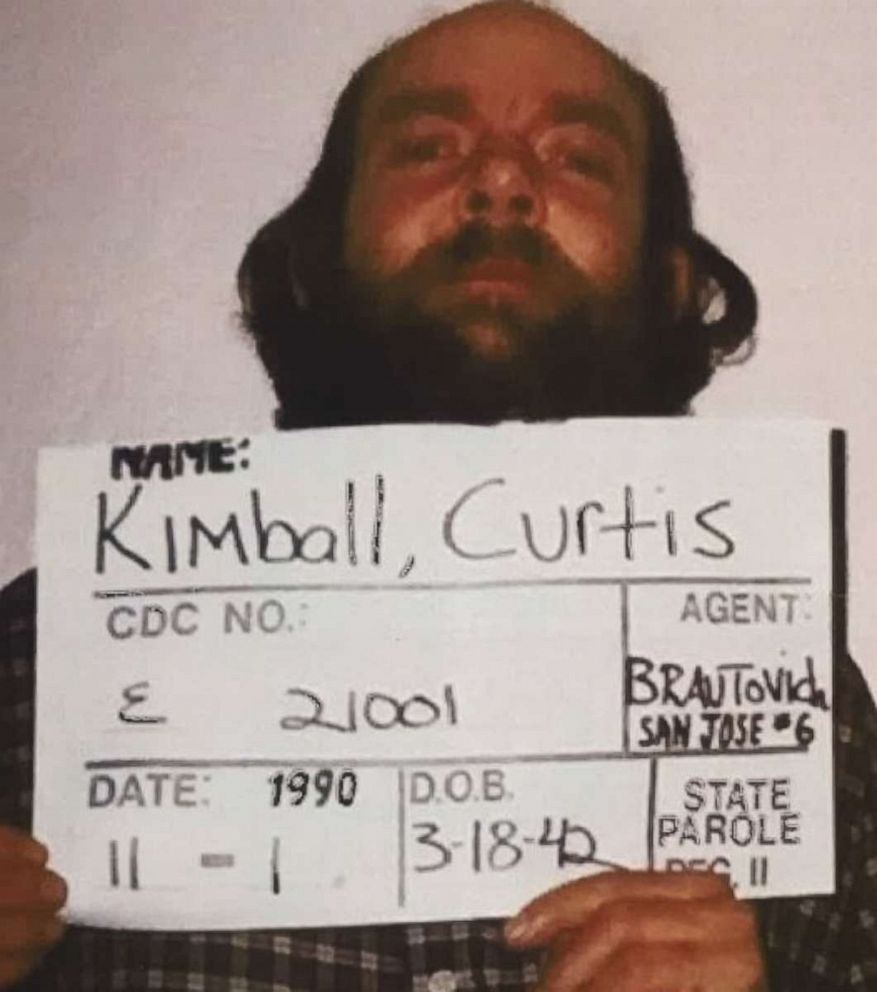
The mother of ‘the middle child’
The mother of the “middle child,” the unidentified girl in the second barrel found at Bear Brook in 2000, who was determined to be Rasmussen’s biological daughter, has also never been found nor identified.
Authorities fear both Beaudin and the unidentified mother of the “middle child” are other possible victims of Rasmussen.
“We do regrettably fear that his daughter's mother is probably another victim somewhere,” Carol Schweitzer, of the National Center for Missing and Exploited Children, said.
Other victims?
In 1995, scavengers found a refrigerator containing what former San Joaquin County Assistant Sheriff John Huber believes may be another one of Rasmussen’s victims. The refrigerator had been dumped in a canal in San Joaquin County, California.
“The scavengers actually walked out in the middle [of the canal], because it was just mud … cut the rope and opened it up here and that's when they saw what they thought was a human being inside,” Huber told “20/20.”
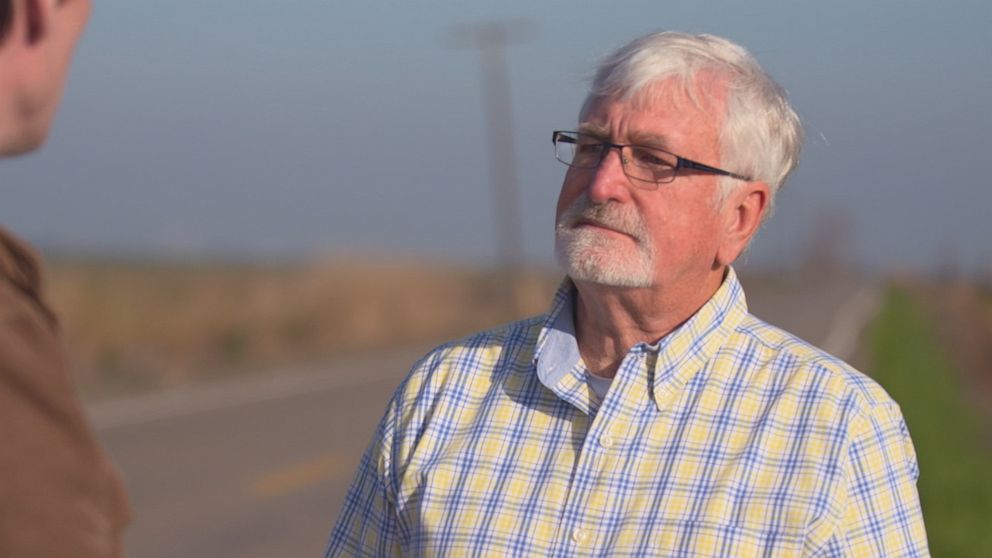
Huber said the body of a woman was found in a state of advanced decomposition and police couldn’t discern the woman’s facial features. She had been placed in the refrigerator with a pillow, sleeping bag and what appeared to be several blankets, he said.
Also in the refrigerator, was a unique brand of milk that was only delivered to a certain area that matched up with where Rasmussen had been at the time, Huber said.
Additionally, Huber said the woman’s remains bore the hallmarks of Rasmussen’s other victims.
“She had blunt force trauma to the head, and then she was put in a container and the container was tied off and he dumped it,” he said.
Huber says the investigation is stalled because she is still unidentified.
“First thing we need to do is find out who she is, because without knowing who she is, it's pretty hard to track back and find out where she stayed and who her relatives were and who she associated with,” he said. “It well could be Terry. It well could be somebody else. But, I think until we know her identity, we're not going to solve the case.”


